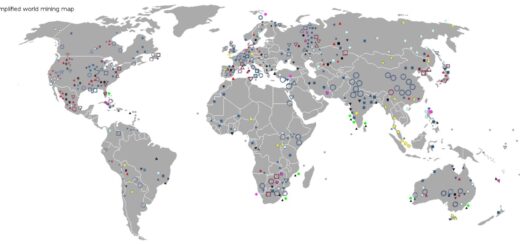How to Become a Data Analyst with No Experience
Interested in becoming a data analyst but don’t have any experience?
While it might seem like an insurmountable hurdle, there are some steps you can take to learn what you need to know and break into the field.
Here’s how to become a data analyst with no experience…
Step 1 – Prepare and plan
Getting into data analysis without relevant experience can be daunting, especially if you have never written code or used complex statistics packages before.
But, before starting your job hunt, take some time to learn about different aspects of data analysis.
Try to research popular tools and methods for collecting and analyzing data, as well as statistical software and coding languages that you’ll need for specific tasks (e.g., SAS, Python or R).
You don’t need months of experience but it is important that you show yourself ready to learn on the job by familiarizing yourself with these technologies beforehand.
For example: If you want to be a BI developer, which is something related to business intelligence skills, then know how it is related and why it is important.
Step 2 – Build your skill sets
Every business is data-driven. Nowadays, everyone seems to be talking about Big Data.
But what do people mean when they talk about Big Data? Simply put, Big Data refers to large and complex sets of data that are so voluminous and dynamic that traditional methods of storing, managing, and analyzing data may prove insufficient for businesses seeking competitive advantages in their marketplaces.
To thrive in today’s competitive global marketplace, you need access to sufficient volumes of high-quality data at reasonable costs and speeds — just one of several reasons why finding better ways of identifying patterns from various forms of big data can yield key insights.
Step 3 – Complete Internships
In order to become a data analyst, it’s vital that you have relevant work experience. Real-world experience is invaluable and will help you land your first job after graduation.
In addition, most employers won’t even consider applicants who don’t have internship experience in their chosen field.
To get started on your resume as an aspiring data analyst, start by pursuing internships related to data analytics and modeling.
Remember that quality is better than quantity, so it’s important to apply for internships at companies where you are genuinely interested in working and would be excited about future opportunities in that firm.
Step 4 – Build your resume
Now that you have an idea what exactly it is that you want to do, get out there and start applying for jobs!
The easiest way for you to land your first job is by using company career pages. Some companies may provide a link for submitting an application and sending your resume, but if not, most of them still allow you to send in applications by email.
Just be sure to include all of your contact information and make sure everything looks professional (don’t forget – they’re going to see one or two examples of your work).
You might also look at some websites like Indeed or Simply Hired that allow you to search specifically for data analyst jobs. Good luck!
Step 5 – Land your first job as a Data Analyst
There are several strategies for landing your first job as a data analyst, especially if you have no prior experience.
Here’s what you can do:
(1) apply directly to companies;
(2) find freelance jobs that might lead to full-time opportunities;
(3) look into internships. There are no guarantees when it comes to finding work in any industry but following these steps should give you an edge over people who don’t know where or how to start looking for opportunities.
Happy hunting!
Intro to Tensorflow-Machine Learning with TensorFlow » finnstats
Subscribe to our newsletter!





